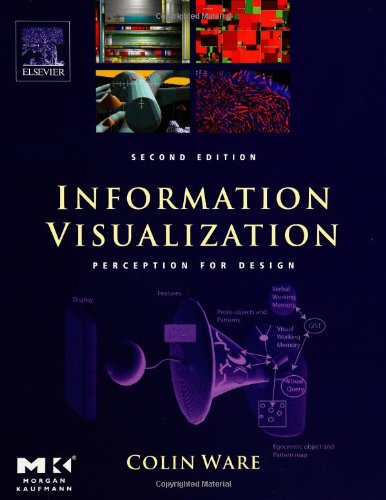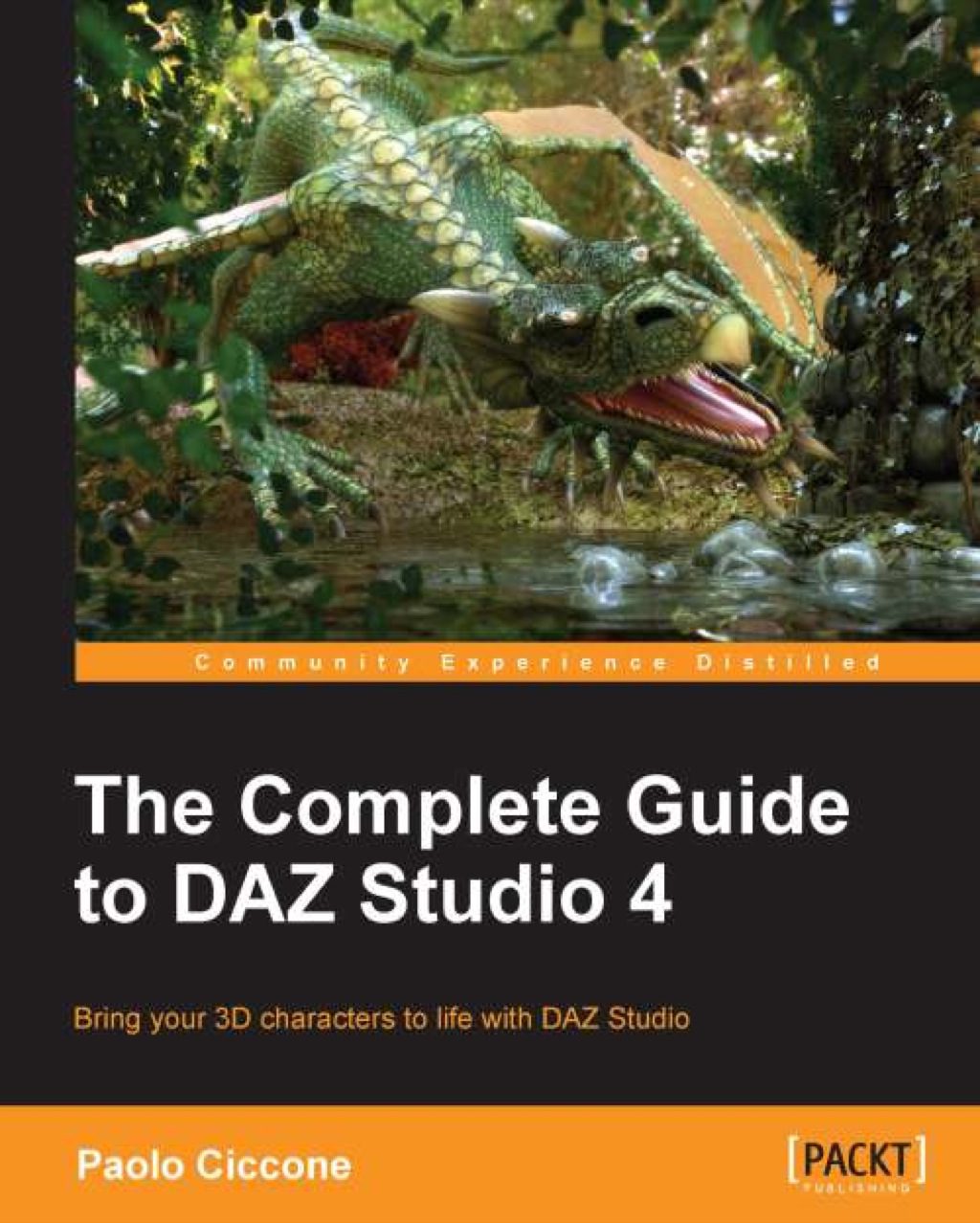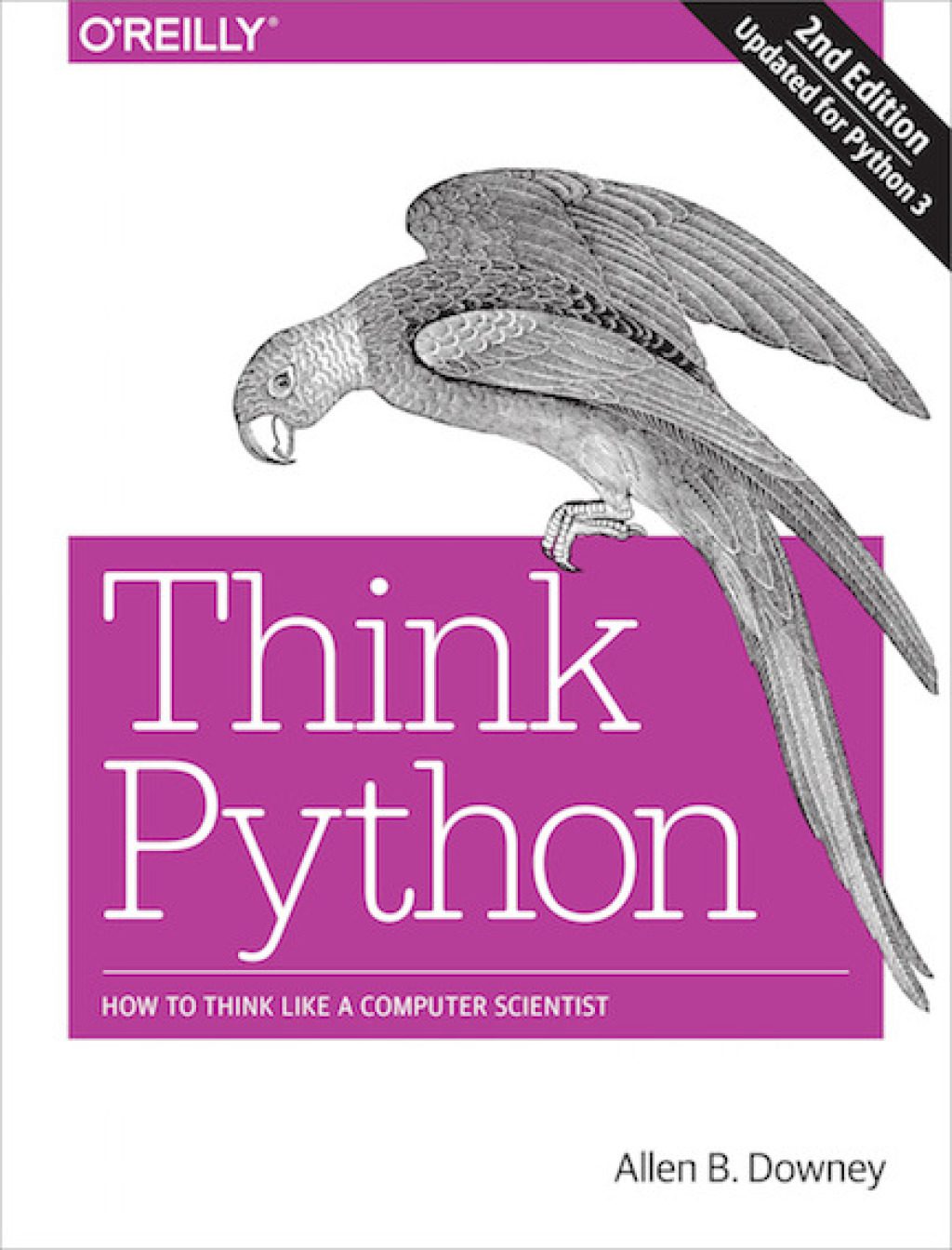Colin Ware1558608192, 9781558608191, 9781417536931
Table of contents :
TeamLiB……Page 1
Cover……Page 2
Contents……Page 7
Figure Credits……Page 17
Foreword……Page 19
Preface……Page 21
Preface to the First Edition……Page 23
CHAPTER 1 Foundation for a Science of Data Visualization……Page 29
Visualization Stages……Page 32
Experimental Semiotics Based on Perception……Page 33
Semiotics of Graphics……Page 34
Pictures as Sensory Languages……Page 36
Sensory versus Arbitrary Symbols……Page 38
Properties of Sensory and Arbitrary Representation……Page 41
Arbitrary Conventional Representations……Page 43
The Study of Arbitrary Conventional Symbols……Page 45
Stage 1: Parallel Processing to Extract Low-Level Properties of the Visual Scene……Page 48
Stage 2: Pattern Perception……Page 49
Stage 3: Sequential Goal-Directed Processing……Page 50
Relationships……Page 51
Attributes of Entities or Relationships……Page 52
Operations Considered as Data……Page 53
Metadata……Page 54
Conclusion……Page 55
CHAPTER 2 The Environment, Optics, Resolution, and the Display……Page 57
Ecological Optics……Page 58
Optical Flow……Page 60
Textured Surfaces and Texture Gradients……Page 61
The Paint Model of Surfaces……Page 63
The Eye……Page 66
The Visual Angle Defined……Page 68
The Lens……Page 69
Optics and Augmented-Reality Systems……Page 70
Chromatic Aberration……Page 73
Receptors……Page 74
Simple Acuities……Page 75
Acuity Distribution and the Visual Field……Page 78
Brain Pixels and the Optimal Screen……Page 81
Spatial Contrast Sensitivity Function……Page 85
The Optimal Display……Page 90
Aliasing……Page 91
Superacuities and Displays……Page 93
Temporal Requirements of the Perfect Display……Page 94
Conclusion……Page 95
CHAPTER 3 Lightness, Brightness, Contrast, and Constancy……Page 97
Neurons, Receptive Fields, and Brightness Illusions……Page 98
Simultaneous Brightness Contrast……Page 100
The Chevreul Illusion……Page 102
Contrast Effects and Artifacts in Computer Graphics……Page 103
Edge Enhancement……Page 105
Luminance, Brightness, Lightness, and Gamma……Page 108
Luminance……Page 109
Brightness……Page 111
Adaptation, Contrast, and Lightness Constancy……Page 112
Contrast and Constancy……Page 114
Perception of Surface Lightness……Page 115
Lightness Differences and the Gray Scale……Page 116
Monitor Illumination and Monitor Surrounds……Page 118
Conclusion……Page 121
CHAPTER 4 Color……Page 125
Trichromacy Theory……Page 126
Color Blindness……Page 127
Color Measurement……Page 128
Change of Primaries……Page 130
CIE System of Color Standards……Page 131
Chromaticity Coordinates……Page 132
Color Differences and Uniform Color Spaces……Page 136
Naming……Page 138
Unique Hues……Page 140
Properties of Color Channels……Page 141
Color Appearance……Page 144
Saturation……Page 145
Brown……Page 146
Application 1: Color Specification Interfaces and Color Spaces……Page 147
Application 2: Color for Labeling……Page 151
Application 3: Color Sequences for Data Maps……Page 155
Application 4: Color Reproduction……Page 166
Application 5: Color for Exploring Multidimensional Discrete Data……Page 168
Conclusion……Page 171
CHAPTER 5 Visual Attention and Information that Pops Out……Page 173
Useful Field of View……Page 174
Reading from the Iconic Buffer……Page 175
Preattentive Processing……Page 177
Coding with Combinations of Features……Page 182
Conjunctions with Spatial Dimensions……Page 183
Highlighting……Page 184
Designing a Symbol Set……Page 185
Neural Processing, Graphemes, and Tuned Receptors……Page 187
The Grapheme……Page 188
The Gabor Model and Texture in Visualization……Page 189
Tradeoffs in Information Density: An Uncertainty Principle……Page 191
Primary Perceptual Dimensions of Texture……Page 192
Generation of Distinct Textures……Page 194
Spatial-Frequency Channels, Orthogonality, and Maps……Page 195
Texture Resolution……Page 197
Other Dimensions of Visual Texture……Page 198
Texture Field Displays……Page 200
Glyphs and Multivariate Discrete Data……Page 204
Restricted Classification Tasks……Page 205
Speeded Classification Tasks……Page 206
Integral–Separable Dimension Pairs……Page 208
Monotonicity of Visual Attributes……Page 209
Multidimensional Discrete Data……Page 210
Stars, Whiskers, and Other Glyphs……Page 212
Conclusion……Page 213
CHAPTER 6 Static and Moving Patterns……Page 215
Proximity……Page 217
Similarity……Page 218
Continuity……Page 219
Symmetry……Page 220
Closure……Page 222
Figure and Ground……Page 224
More on Contours……Page 226
Perceiving Direction: Representing Vector Fields……Page 228
Comparing 2D Flow Visualization Techniques……Page 229
Perception of Transparency: Overlapping Data……Page 233
Pattern Learning……Page 234
The Grammar of Node–Link Diagrams……Page 238
The Grammar of Maps……Page 243
Patterns in Motion……Page 245
Form and Contour in Motion……Page 247
Moving Frames……Page 248
Expressive Motion……Page 249
Perception of Causality……Page 250
Perception of Animate Motion……Page 251
Enriching Diagrams with Simple Animation……Page 252
Conclusion……Page 253
CHAPTER 7 Visual Objects and Data Objects……Page 255
Image-Based Object Recognition……Page 256
Applications of Images in User Interfaces……Page 258
Silhouettes……Page 261
Faces……Page 265
The Object Display and Object-Based Diagrams……Page 267
The Geon Diagram……Page 269
Perceiving the Surface Shapes of Objects……Page 271
Spatial Cues for Representing Scalar Fields……Page 272
Integration of Cues for Surface Shape……Page 275
Interaction of Shading and Contour……Page 276
Guidelines for Displaying Surfaces……Page 280
Bivariate Maps: Lighting and Surface Color……Page 282
Integration……Page 283
Conclusion……Page 285
Depth Cue Theory……Page 287
Perspective Cues……Page 288
Pictures Seen from the Wrong Viewpoint……Page 291
Occlusion……Page 293
Cast Shadows……Page 294
Shape-from-Shading……Page 296
Structure-from-Motion……Page 297
Eye Convergence……Page 298
Stereoscopic Depth……Page 299
Problems with Stereoscopic Displays……Page 301
Making Effective Stereoscopic Displays……Page 302
Artificial Spatial Cues……Page 307
Depth Cues in Combination……Page 308
Task-Based Space Perception……Page 311
Tracing Data Paths in 3D Graphs……Page 312
Judging the Morphology of Surfaces and Surface Target Detection……Page 315
Patterns of Points in 3D Space……Page 316
Judging Relative Positions of Objects in Space……Page 317
Judging the Relative Movement of Self within the Environment……Page 318
Reaching for Objects……Page 319
Judging the……Page 320
The Aesthetic Impression of 3D Space (Presence)……Page 321
Conclusion……Page 322
Coding Words and Images……Page 325
The Nature of Language……Page 327
Visual and Spoken Language……Page 329
Images vs. Words……Page 331
Links between Images and Words……Page 334
Static Links……Page 335
Deixis……Page 337
Symbolic Gestures……Page 338
Visual Momentum in Animated Sequences……Page 339
Animated Visual Languages……Page 340
Conclusion……Page 343
CHAPTER 10 Interacting with Visualizations……Page 345
Choice Reaction Time……Page 346
2D Positioning and Selection……Page 347
Hover Queries……Page 348
Two-Handed Interaction……Page 349
Control Compatibility……Page 350
Vigilance……Page 352
Locomotion and Viewpoint Control……Page 353
Frames of Reference……Page 361
Map Orientation……Page 365
Focus, Context, and Scale……Page 366
Rapid Interaction with Data……Page 373
Conclusion……Page 377
CHAPTER 11 Thinking with Visualizations……Page 379
Visual Working Memory……Page 380
Visual Working Memory Capacity……Page 383
Rensink’s Model……Page 390
Eye Movements……Page 391
Eye Movements, Search, and Monitoring……Page 392
Long-Term Memory……Page 394
Problem Solving with Visualizations……Page 398
Visual Problem Solving Processes……Page 399
Visual Query Construction……Page 400
The Pattern-Finding Loop……Page 401
Implications for Interactive Visualization Design……Page 402
Interfaces to Knowledge Structures……Page 407
Creative Problem Solving……Page 411
Conclusion……Page 413
APPENDIX A Changing Primaries……Page 415
APPENDIX B CIE Color Measurement System……Page 417
Research Goals……Page 421
Psychophysics……Page 422
Detection Methods……Page 423
Cognitive Psychology……Page 425
Testbench Application for Discovery……Page 426
Rating Scales……Page 427
Multidimensional Scaling……Page 428
Child Studies……Page 429
Experimenter Bias……Page 430
Combinatorial Explosion……Page 431
Getting Help……Page 432
Bibliography……Page 433
A……Page 479
B……Page 480
C……Page 481
D……Page 484
E……Page 486
F……Page 487
G……Page 488
I……Page 489
L……Page 491
M……Page 492
N……Page 493
O……Page 494
P……Page 495
R……Page 497
S……Page 498
T……Page 501
V……Page 503
W……Page 505
Z……Page 506
C……Page 507
H……Page 508
M……Page 509
S……Page 510
Z……Page 511
About the Author……Page 513







Reviews
There are no reviews yet.